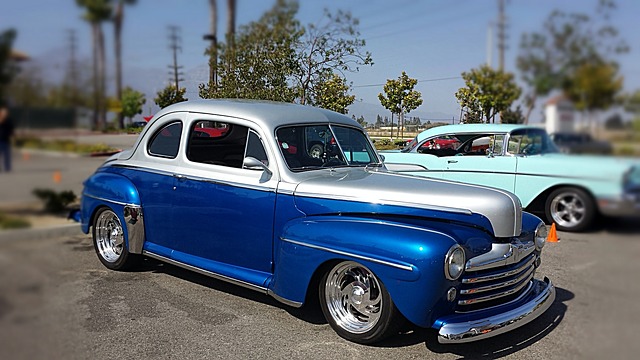Introduction
When it comes to boats, the steering mechanism plays a crucial role in controlling the vessel’s direction. Similar to how cars have a steering wheel, boats also have a steering mechanism, but it is referred to by a different name. In this article, we will explore what the steering wheel on a boat is called and delve into the various types and features of boat steering systems.
Types of Boat Steering Systems
1. Tiller Steering: Tiller steering is one of the most traditional and basic types of boat steering systems. It involves a long handle, called a tiller, which is directly connected to the boat’s rudder. The tiller is usually located at the stern of the boat and is used to manually control the direction of the vessel. This type of steering system is commonly found on smaller boats and sailboats.
2. Wheel Steering: Wheel steering is the more commonly known type of boat steering system, similar to the steering wheel in cars. It involves a circular wheel that is connected to the boat’s rudder through a series of mechanical linkages or hydraulic systems. The wheel is typically located at the helm, which is the central control station of the boat. Wheel steering is commonly found on larger boats and motorized vessels.
What is the Steering Wheel on a Boat Called?
The steering wheel on a boat is commonly referred to as the helm wheel or simply the helm. The term “helm” originates from the Old English word “helma,” which means “rudder” or “steering apparatus.” The helm wheel is the primary control mechanism for steering the boat and is typically located at the helm station.
Features of Boat Steering Systems
1. Hydraulic Steering: Hydraulic steering systems use hydraulic fluid to transmit force from the helm wheel to the boat’s rudder. This type of system provides smooth and responsive steering, making it popular for larger boats and high-performance vessels.
2. Mechanical Steering: Mechanical steering systems use mechanical linkages, such as cables or rods, to transmit the steering input from the helm wheel to the rudder. This type of system is commonly found on smaller boats and is generally more affordable than hydraulic systems.
3. Power-Assisted Steering: Power-assisted steering systems combine hydraulic or mechanical steering with an additional power source, such as an electric motor or a hydraulic pump. This system reduces the effort required to steer the boat and provides enhanced control, especially at higher speeds.
Conclusion
In conclusion, the steering wheel on a boat is commonly referred to as the helm wheel or simply the helm. Boat steering systems can vary depending on the type and size of the vessel. Tiller steering is commonly found on smaller boats and sailboats, while wheel steering, operated through the helm wheel, is more prevalent on larger boats and motorized vessels. Hydraulic, mechanical, and power-assisted steering are some of the features available in boat steering systems, each offering distinct advantages based on the boat’s size and intended use.
References
– BoatUS: www.boatus.com
– West Marine: www.westmarine.com
– Discover Boating: www.discoverboating.com












